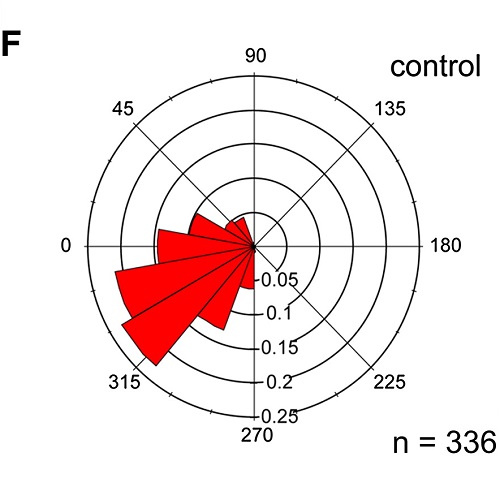Movement directionality in collective migration of germ layer progenitors.
Collective cell migration, the simultaneous movement of multiple cells that are connected by cell-cell adhesion, is ubiquitous in development, tissue repair, and tumor metastasis [1, 2]. It has been hypothesized that the directionality of cell movement during collective migration emerges as a collective property [3, 4]. Here we determine how movement directionality is established in collective mesendoderm migration during zebrafish gastrulation. By interfering with two key features of collective migration, (1) having neighboring cells and (2) adhering to them, we show that individual mesendoderm cells are capable of normal directed migration when moving as single cells but require cell-cell adhesion to participate in coordinated and directed migration when moving as part of a group. We conclude that movement directionality is not a de novo collective property of mesendoderm cells but rather a property of single mesendoderm cells that requires cell-cell adhesion during collective migration.

- Curr. Biol. 2010 Jan 26;20(2):161-9
- 2010
- Cell Biology
- 20079641
- PubMed
Enabled by:
